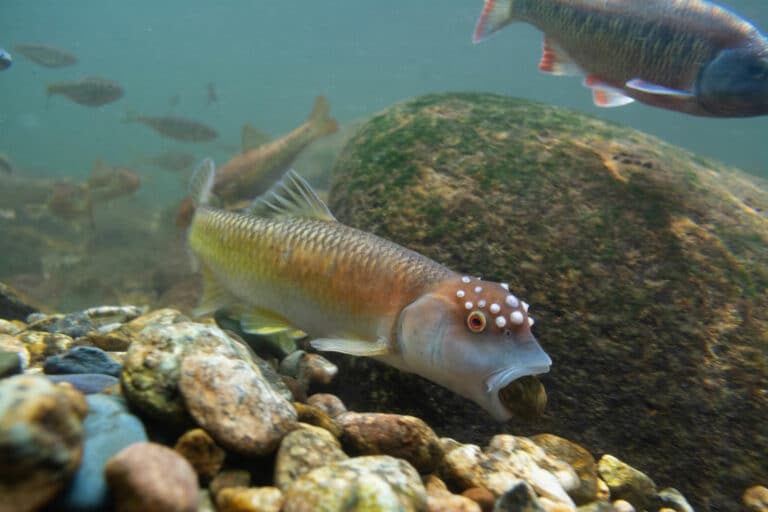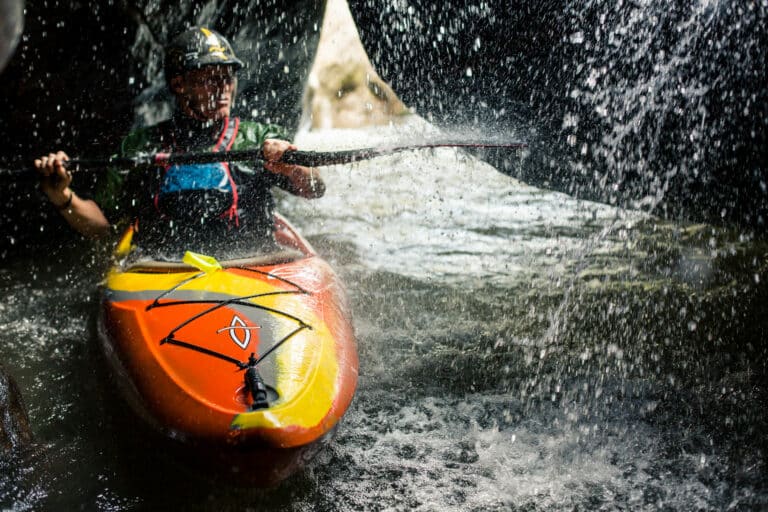A few weeks ago I wrote about actions you could take that might make your outings a little less buggy. Note the key words are a “little less” buggy; no matter what actions you take, there are going to be times when you’re going to resort to a repellent of some kind or another.
Several years ago, a hiking buddy suggested I try one of those plastic bracelets impregnated with insect repellent. During the fitful night of sleep I ended up having, while slapping one mosquito after another, I resolved to do some research to find out what kind of repellent truly works best.
Separate studies done by the Environmental Protection Agency, Center for Disease Control, Consumer Reports, and the New England Journal of Medicine show that products with DEET worked best at repelling mosquitoes and ticks. Not any real surprise, of course, but what the studies revealed is that DEET is more effective that anything currently available, and that the higher the concentration (up to a point), the longer it keeps the bugs from biting. Products with 24-50% DEET worked for up to five hours. Most of the studies seem to show that there is no advantage in going above 50%, although one researcher claimed nine hours from a 100% DEET solution.
It may work best, but I swore off DEET a few years ago when it melted a plastic pen I was writing with. So, I’m happy to see the studies confirm that plant-based repellents do work. They just don’t last as long. Those with citronella were effective for one to two hours, while repellents with soybean oil were deemed effective for a full two hours.
Permethrin is made from certain chrysanthemum flower compounds. It’s not approved for skin use, but can be sprayed on clothes, or you can buy permethrin-impregnated clothing. The lowest cost shirt I located costs about $50—and the effectiveness is depleted after a number of washings. By the way, permethrin is harmful to fish and amphibians.
Picaridin is a somewhat newer ingredient that is endorsed by the World Health Organization as the best malaria prevention, and U.S. studies indicate it to be about as effective as DEET. It is not a solvent to plastics and synthetic materials, is colorless and odorless, and does not have to be washed off when you’re done hiking.
All of the studies recommend not using a combination repellent/sunscreen because you have to apply the lotion liberally for the sunscreen to be effective, thereby slathering on way too much repellent.








